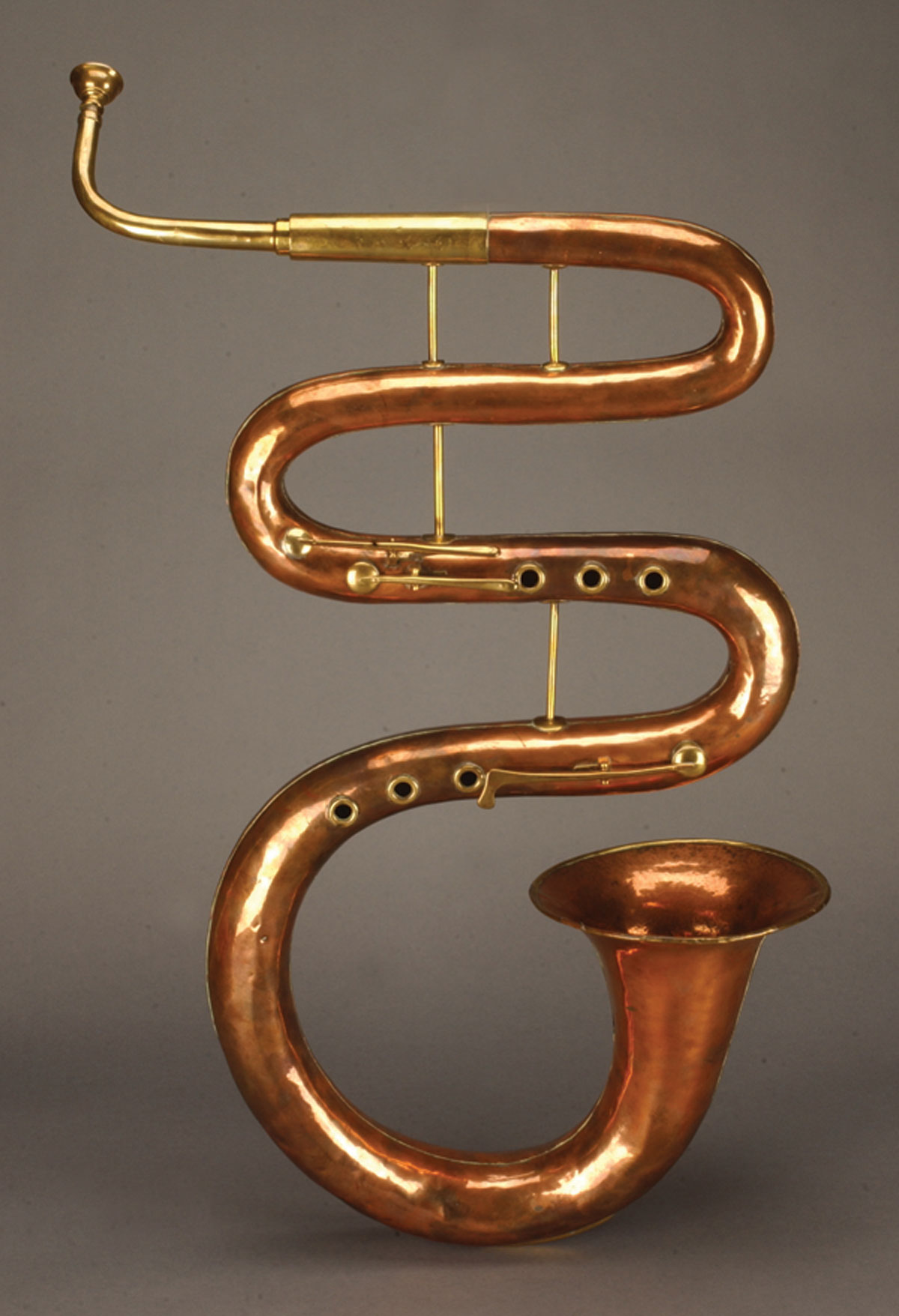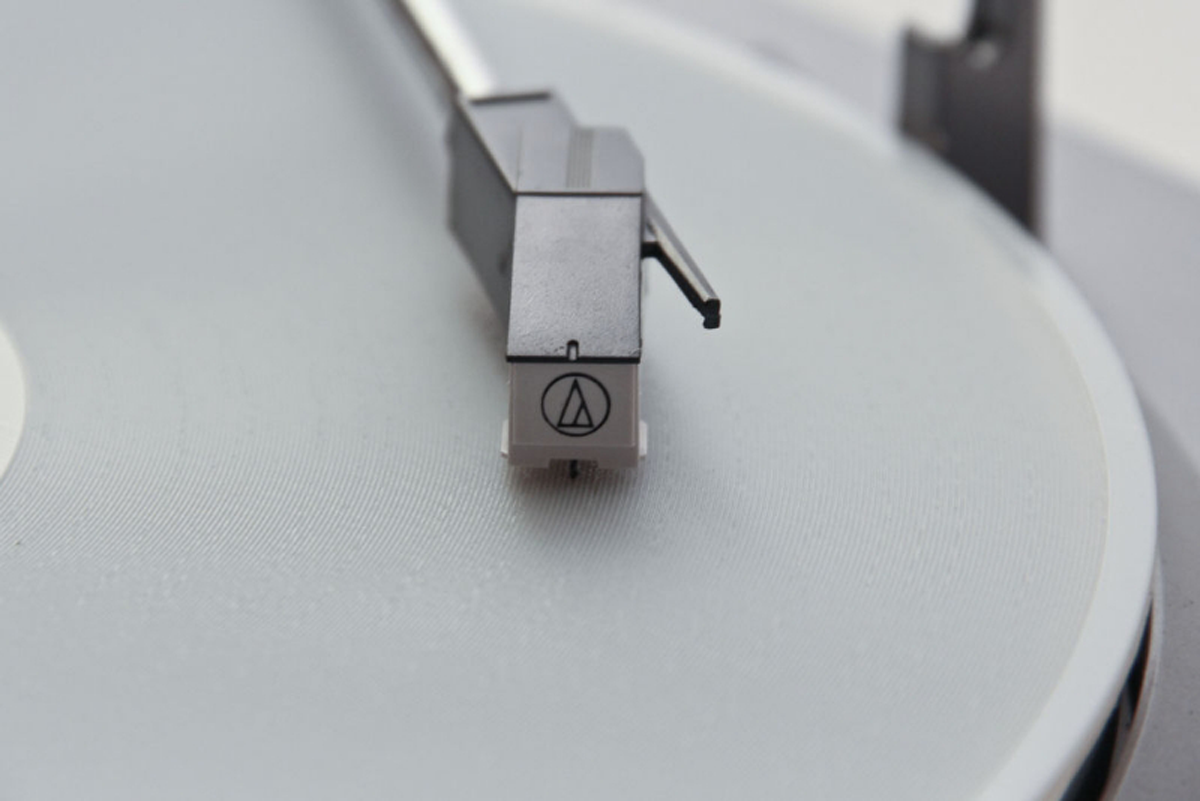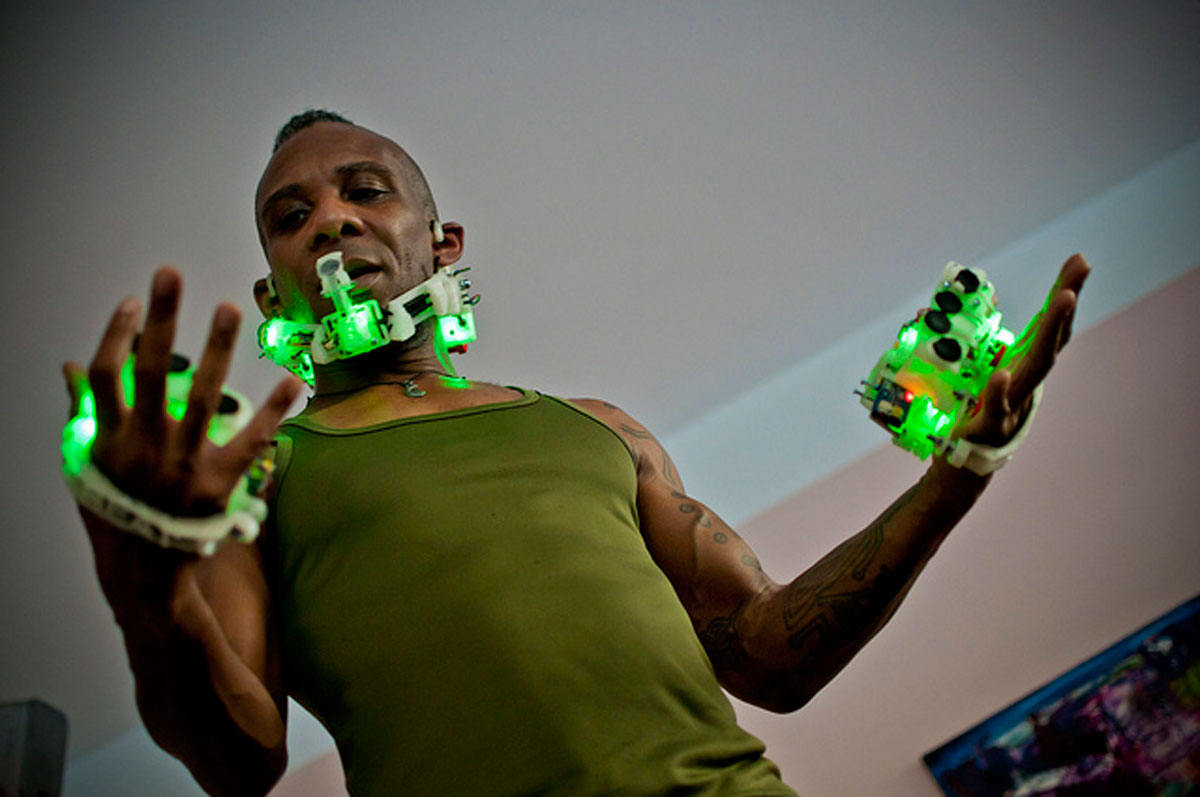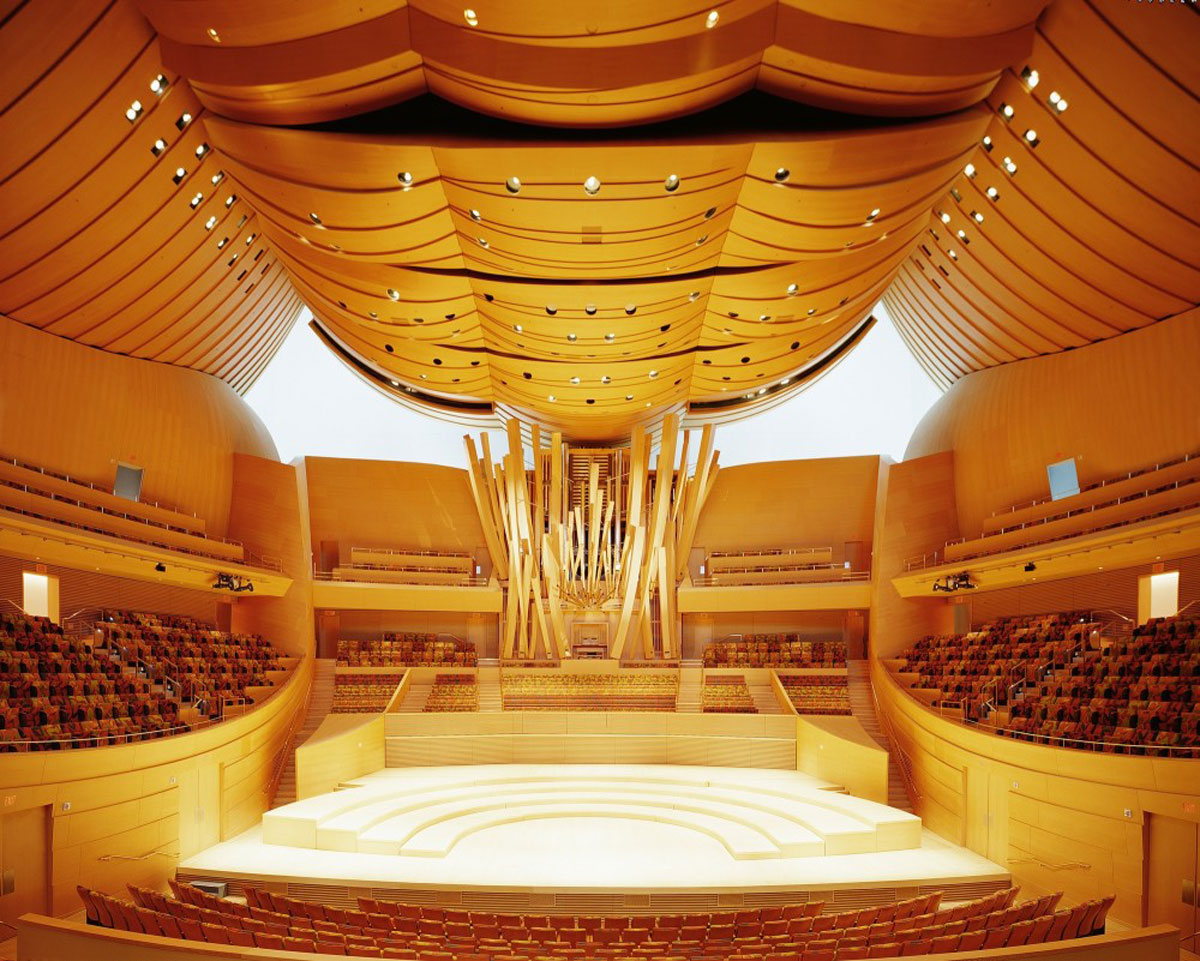3D printing and music stem from two different areas of the sensual spectrum, with music seemingly isolated to the realm of hearing and 3D printing as sort of a tactile, visual thing. You can guess, though, from the title of this article, that there are points where the two have met – that, as it impacts almost every aspect of our lives, 3D printing has not neglected the aural arts. The technology has only just begun to change music, but, looking at the following examples of how 3D printing has affected the world of music, we may begin to understand how music could be changed by 3D printing forever.
3D Printed Records
Personal opinions may vary about the relevance of physical copies of recorded music in music appreciation and society as a whole. On the one hand, it’s now possible to store an extraordinary amount of musical information in digital libraries, possibly rendering CDs, cassettes, and vinyl records obsolete. On the other hand, there are record enthusiasts that insist there’s nothing quite like the warm, popping sound of a recorded LP. Moreover, for good archiving, it may be essential to have physical copies of records in the case that digital libraries are wiped out, though, in this case, the original records, and not copies, are usually what are maintained.
3D printing manages to bridge the world of the digital and physical in a way not previously possible. Though I’m not suggesting that we go to my dad’s record collection and throw all of his vinyls into a big heap, douse them in gasoline, and set them ablaze just to watch them burn while we shout our misgivings about my upbringing into the night’s sky, 3D printing gives us the unique ability to reproduce records if and when needed. So, if his records did just so happen to go up in flames one, mysterious night, digital copies on his computer could be translated into physical reproductions with 3D printing. His digital library would have the potential to become physical, once again.
At this point, the quality of 3D printed records may not match that of vinyl, but that may change with time. Designer and physicist Amanda Ghassaei was able to convert digital audio into a 3D printed record with surprising success. Described in an Instructable for those who want to do so at home, Ghassaei creates a 3D record model from an audio file and 3D prints it using a Connex500 3D printer, capable of fabricating high-resolution prints made from multiple materials. Making the record in a UV curable resin, Ghassaei’s research is the beginning of what could someday lead to a library of printable music, preventing records from becoming obsolete, while temporarily doing away with them when unnecessary.
Along with perfected recycling and sustainable energy techniques, it could even be possible to grind the record up once it is no longer needed and 3D print it in the future for that nostalgic 20th century music listening experience. Of course, this would take place in a time far from now, in which all other problems have been solved and we have nothing better to do than to grind up records and listen to them because, as everyone knows, vinyl is totally obsolete.
3D Printed Instruments
In 3D printing instruments, the potential for the field of music may be the most obvious. 3D printing instruments is a new way to manufacture music-makers that offer a number of interesting possibilities. On a superficial level, 3D printing presents new aesthetic choices for creating instruments. In the case of Olaf Diegel, who has made a name for himself 3D printing guitars, drums, pianos, and saxophones, Diegel has been able to embed 3D artwork into his instruments that would have been difficult to achieve by other means. His Americana electric guitar features the New York skyline, the Statue of Liberty, and other iconic pieces of the city that would have been a painstaking task to perform by hand.
Taking Diegel’s practice to its next logical step, 3D printed instruments can be customized entirely to the needs of a particular player. Such customization may be as simple as altering the color of or embedding shapes into an instrument or as complex as changing the shape or size of an instrument to fit a specific person. For instance, it might be possible to design a 3D printed instrument that corresponds to the size of a player’s hands or height. Or, instruments could be made to suit someone with disabilities so that they could better play it.
Though I haven’t personally come across applications of the technology in this way, we have reported on a pair of people, Jay and Caleb, who, together, designed 3D printed mods for XBox controllers that make them more suitable for Jay’s hands, which are bent in a particular shape due to his muscular dystrophy. In order to more adequately fit the controller to Jay’s hands and allow him to press buttons more easily, the two 3D printed some button extenders and other mods so that Jay could play XBox even better. Particularly inventive designers might develop their own disabled enabling solutions to the use of musical instruments.
This customization process could be taken even further, yielding entirely new instruments. Onyx Ashanti has been designing his own electronic instruments for some time now. First playing mass-manufactured MIDI instruments, the musician gradually started designing his own. What’s interesting about his instrument is that he uses his whole body to play it. To design his custom handheld and head-held MIDI controllers, Ashanti 3D printed the original prototypes.
As more musicians get into the practice of designing their own instruments, the ability to construct complex forms, only possible with 3D printing, will result in new sounds that are formed by elaborately shaped cavities, like horns with incomprehensibly windy bodies that look as though Picasso had gotten ahold of them.

Speakers & Headphones
The ability to create complex shapes and customize objects to individual users and uses extends from the person playing the music to the person listening to it. With 3D printed speakers and headphones, similar possibilities present themselves as those we explored with 3D printed musical instruments. In the case of elaborately formed cavities to produce novel sounds, the same principals may at some point be applied to speakers.
Currently, there have been a number of examples of 3D printed speakers. For the most part, they use 3D printing towards aesthetic ends, fabricating beautifully shaped devices that would have been difficult to craft by traditional means. For instance, the Spirula speakers created by Akemake are modeled after sea creatures and result in a spiraled seashell shape that users can 3D print and construct at home. Nice looking speakers may serve the purpose of sprucing up home decor, but, a sound engineer could possibly take such designs further to print speakers with unique acoustic components.
Lacking the acoustical engineering background, I had a hard time finding a real world example of speakers designed for interesting acoustic properties, but I did find examples in architecture. For instance, the Walt Disney Concert Hall in Los Angeles, designed by Frank Gehry, has received widespread recognition for its acoustics. To create full sound coverage across the hall for an unamplified orchestra with no volume control, the team behind its construction built a vineyard-shaped auditorium, which has more flat surfaces to increase sound reflection. Concave shapes were also included in the room as frequently as possible, to focus the sound in more directions. To test the acoustics of the concert hall, Gehry’s team first created a 1:10 scale model. With architects regularly turning to 3D printing to create scale models, I can imagine the possibility of testing auditorium acoustics with 3D printed models and, though I completely lack the sound expertise to back this up, speakers modeled after buildings like the Walt Disney Concert Hall itself.
Headphones are significantly more personal than speakers and, so, the innovation that 3D printing brings to the accessory becomes that much more personal. Already startups have emerged to take advantage of the personalization capabilities that 3D printing presents. Normal and OwnPhones are two firms that are in the business of 3D printing earbuds tailored specifically to the ears of customers. Through photogrammetry, consumers can have 3D models created from photos taken of their ears. These companies can then 3D print earbuds that fit snugly into their customers’, for lack of a better word, earholes.
As the technology improves significantly, in terms of speed and cost, it may be possible to mass produce such individually tailored items, a process increasingly referred to as mass-customization. Thanks to the Web 2.0 era, Internet users are becoming ever more accustomed to personalizing web backgrounds, profile pages, avatars and the like. The increasing demand for tailored goods, coupled with the low cost of using Internet apps, has made its way into manufacturing. Once 3D printing is at a place where mass customization is possible, customers will be able to order almost every product to fit them perfectly.
The technology is already on its way, with hearing aids and Invisalign braces already mass produced with 3D printing and, soon, industry leader 3D System, will be working to mass produce customized electronic components for Google’s Project Ara smartphone.
The Visual Arts
As we move from the heart of where music and 3D printing converge and back out into more tangentially related topics, we approach 3D printed visual art meant to give music a tangible manifestation. One simple way that this has been achieved is the 3D printing of soundwaves. Long reproduced as two-dimensional representations, 3D printing allows artists like Gilles Azzaro to bring soundwaves into the third dimension. For his piece “Next Industrial Revolution”, Azzaro 3D printed the soundwaves from President Barack Obama’s State of the Union Address, in which he announced plans for national advanced manufacturing hubs and praised 3D printing’s ability to galvanize the American economy.
3D printing has also been implemented in the ultimate visual manifestation of music: the music video. With 3D printing, stop-motion animation has been more easily enabled with the technology opening doors to animators who wish to reproduce multiple iterations of characters and puppets more quickly and easily than they would have been able to do by hand. As simple as it is, the video below by Cut Copy, demonstrates the ability of 3D printing to help in stop-motion animation for music videos.
Musical 3D Printing Executives
And, now, we’ve almost left the realm of music altogether as we get to will.i.am. The frontman for the Black Eyed Peas has found a new life in the world of 3D printing as the Chief Creative Officer for 3D Systems, where his first project has been to launch the Ekocycle Cube, a desktop 3D printer that uses plastic filament composed of 25% recycled Coca-Cola bottles to fabricate three-dimensional objects. As irrelevant as this topic may seem, Mr. i.am is the perfect point at which to end this journey into the convergence of 3D printing and music.
As a musical entrepreneur, philanthropist, and C-level executive at a major company, the artist embodies a keen understanding of the world of things, the distinctions between forms and genres, and the creative mind. In life, as in music, there are no clear distinctions between different objects/words/sounds. Every noun blends seamlessly into every other; every note blends into the next. Moving from music to 3D printing is not an abrupt shift, but, instead, a flow from one area to the next. And it’s the ability to see the similarities between two fields as distinct as 3D printing and music that allows for creative thought and cross-pollination in each realm. Perhaps, in this way, will.i.am represents the future of music and the future of things, in that, as human consciousness develops, we may no longer see such clear-cut distinctions between our linguistic/perceptual categories.
What I mean to say, limited by clunky language anchored in the world of concrete differences, is: music is 3D printing and 3D printing is music. And, if these words don’t make the point sufficiently, the video below just might:









